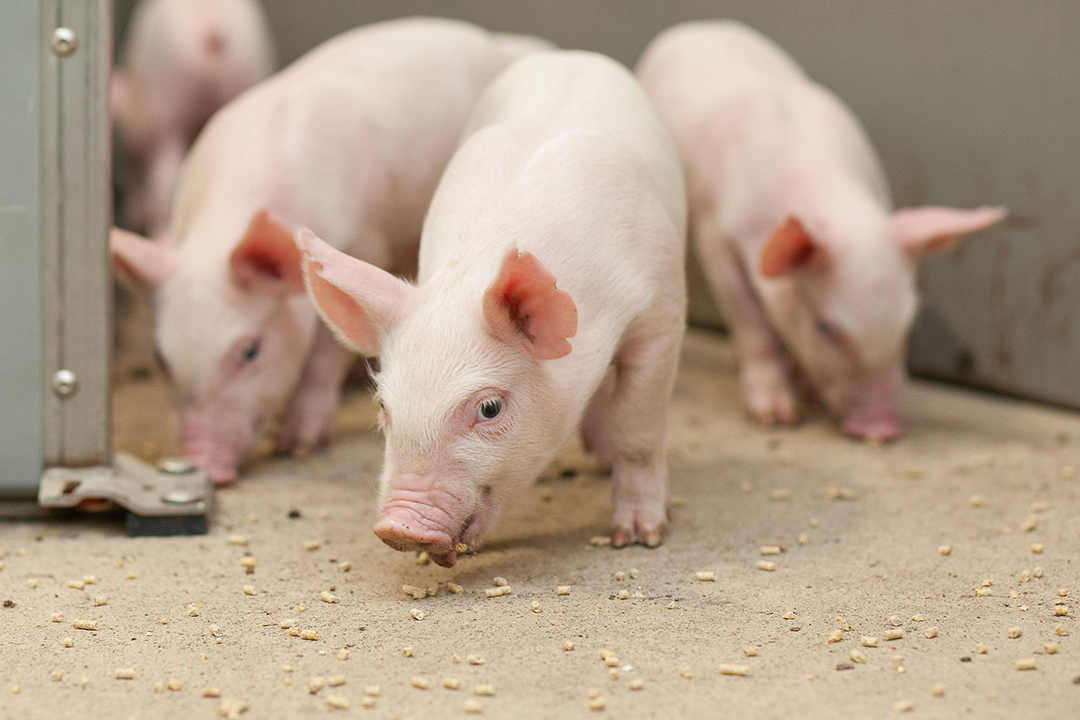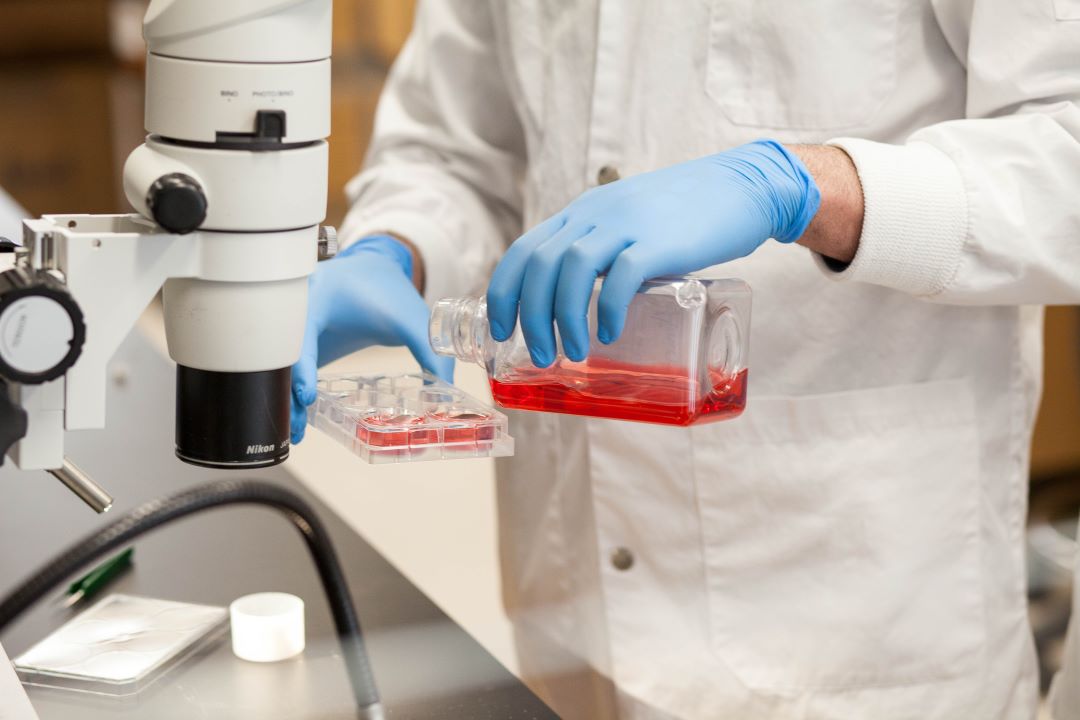
USask researchers exploring pig possibilities for organ transplantation
Researchers at the University of Saskatchewan (USask) are turning science fiction into science fact by exploring xenotransplantation – the transplantation of organs from one species to another.
By MATT OLSON, RESEARCH PROFILE AND IMPACT“We are at the verge of a major change with how medicine is dealing with organ failure,” said Dr. Ali Honaramooz (DVM, PhD) with the Western College of Veterinary Medicine (WCVM) at USask.
Honaramooz received $250,000 through the Government of Canada’s New Frontiers in Research Fund (NFRF) Exploration program, designed to provide support to “high-risk, high-reward” research projects.
The funded project will explore methods for creating better transgenic pigs for organ xenotransplantation. As Honaramooz puts it, USask is “uniquely suited” to lead this area of research due to the diverse expertise and research centres on campus.
“USask has the perfect combination of having the College of Medicine with an organ transplant program, WCVM has expertise in creating transgenic pigs in a new way that gives us an advantage ... and VIDO is one of the few institutions in North America that can house large animals at containment Level 3,” Honaramooz said. “We have the right combination of expertise. We think we can be a source for initiating this research in Canada.”
There are three major barriers that Honaramooz highlighted which have prevented continued and successful xenotransplantation work in the past. Two of them are biomedical and result in acute rejection.

First, the surface of pig organ cells carry with them a carbohydrate that does not exist in human organs, causing primate bodies to reject non-primate transplanted organs. Second, pig cells carry genes of different retroviruses – dozens of them – that could be potentially harmful to primates and cause zoonotic concerns.
Those two issues can be handled with next-generation genetic editing tools like CRISPR-Cas9 and have indeed been addressed successfully. Honaramooz said transgenic pigs with organs more suitable for transplantation have been and continue to be generated by various labs around the world.
One of the greatest hurdles at this point has been public perception, and the subsequent policies – particularly in the United States – from government agencies that have regulated or completely restricted xenotransplantation. These restrictions have only recently started to loosen with the advancement of research on xenotransplantation.
A successful pig-to-human heart transplant in 2022 where the patient lived for an additional two months, and the first ever successful kidney transplant earlier in 2024 where the patient is alive and recovering, have re-vamped public interest in xenotransplantation, said Honaramooz.
“Public perception was hindering research,” he said. “Now we are seeing people walk out of the hospital with a pig kidney – now (the public) is going to think that could be a possibility to save the life of a loved one down the road.”
Honaramooz’s research will delve deeply into better, more efficient ways to produce pigs that are better suited for xenotransplantation purposes. Using innovative methods developed at USask, WCVM researchers can breed these transgenic pigs through genetically editing male pig sex cells and allowing them to breed naturally or use those cells for in vitro fertilization. The process is faster and more cost effective than creating genetic clones of transgenic embryos, which is the more common method.
Though USask is not on the verge of attempting xenotransplantation yet, Honaramooz said he hopes to see a centre created on campus to be a hub for xenotransplant research in Canada that takes advantage of the university’s world-class facilities – and this funding will be the “seed” for that greater future project.
“Hopefully at some point we can attract more talent in this area and have them work out of the University of Saskatchewan toward this goal,” he said.
Click here to view a list of all the USask projects which received funding through the NFRF Exploration grant program.
Together, we will undertake the research the world needs. We invite you to join by supporting critical research at USask.
